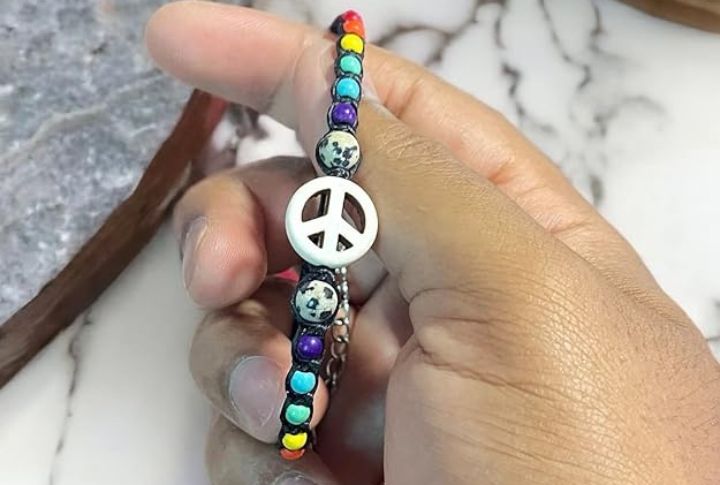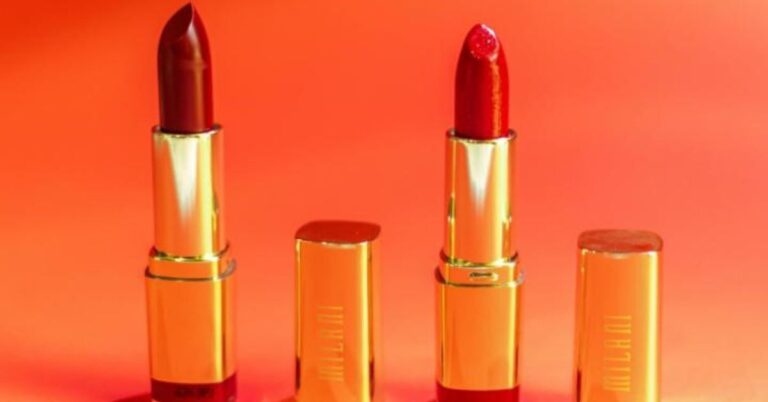Outrageous Fashion Accessories That Defined the ’70s

The ’70s was all about unapologetic flair. Fashion wasn’t just clothing; it was rebellion, creativity, and pure fun. Accessories took center stage, pushing boundaries and giving every outfit a personality. These bold extras weren’t just trends—they were cultural statements, and some were downright unforgettable.
Mood Rings That Claimed to Know Your Soul

Mood rings weren’t just jewelry; they were a phenomenon. Slap one on, and the swirling colors supposedly revealed your emotions—blue for calm, yellow for anxious, red for…who even knows? The science was sketchy, but that didn’t stop anyone from wearing them proudly. Chunky, eye-catching, and oddly mysterious, they were pure ‘70s magic.
Disco Ball Earrings That Reflected the Dancefloor

If it shimmered and sparkled, it belonged on you—and disco ball earrings were no exception. These reflective beauties brought the energy of a Saturday night to every outfit, catching the light with every move. They weren’t subtle but subtle wasn’t the goal. From the club to the corner store, they turned ordinary moments into mini dance parties.
Platform Shoes Were Everywhere

Bright, bold, and often teetering on absurd heights, platform shoes added instant drama to any look. Whether they were covered in glitter for a night out or paired with flared jeans during the day, they screamed confidence. Of course, walking in them was a gamble, but that was half the fun.
Macramé Bags Were Peak Boho Chic

Macramé bags brought the earthy, handcrafted vibe of the decade to life. With their knotted patterns and laid-back charm, they were the perfect accessory for festival-goers, beach lovers, or anyone embracing the bohemian aesthetic. Functional yet stylish, these bags felt as at home slung over your shoulder as they did resting in the sand.
Peace Sign Jewelry Was More Than a Symbol

The peace sign was everywhere in the ‘70s, and jewelry was its canvas. Necklaces, bracelets, and earrings carried the message of love and harmony, blending fashion with activism. These pieces weren’t flashy or overdone—they were simple reminders of the movement that inspired them.


